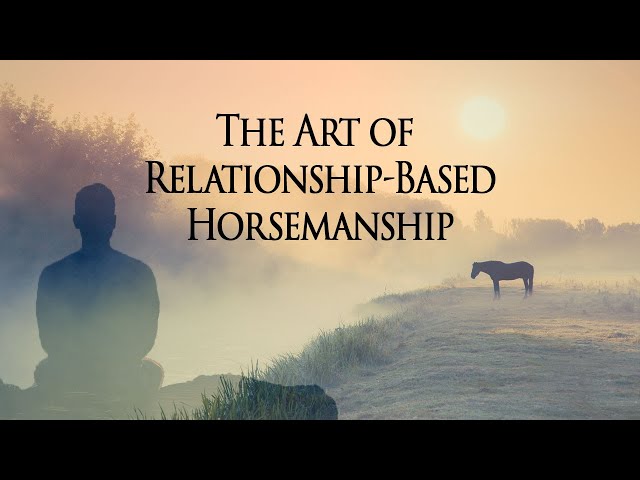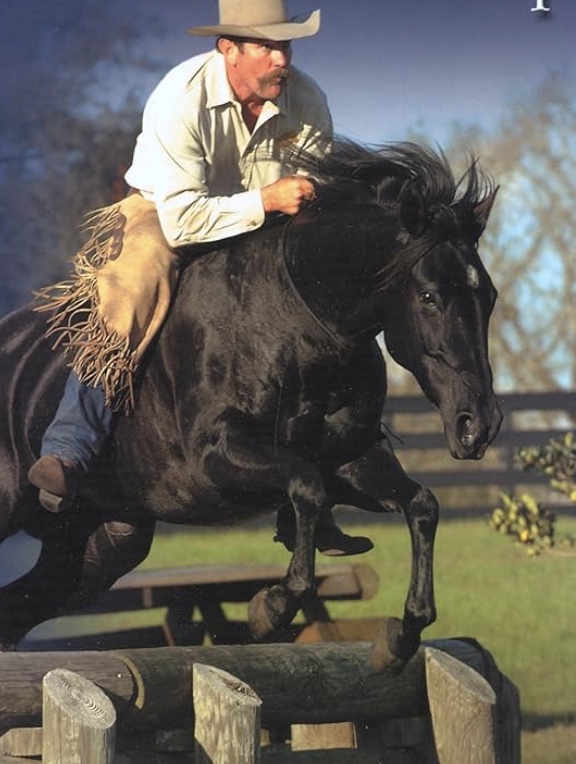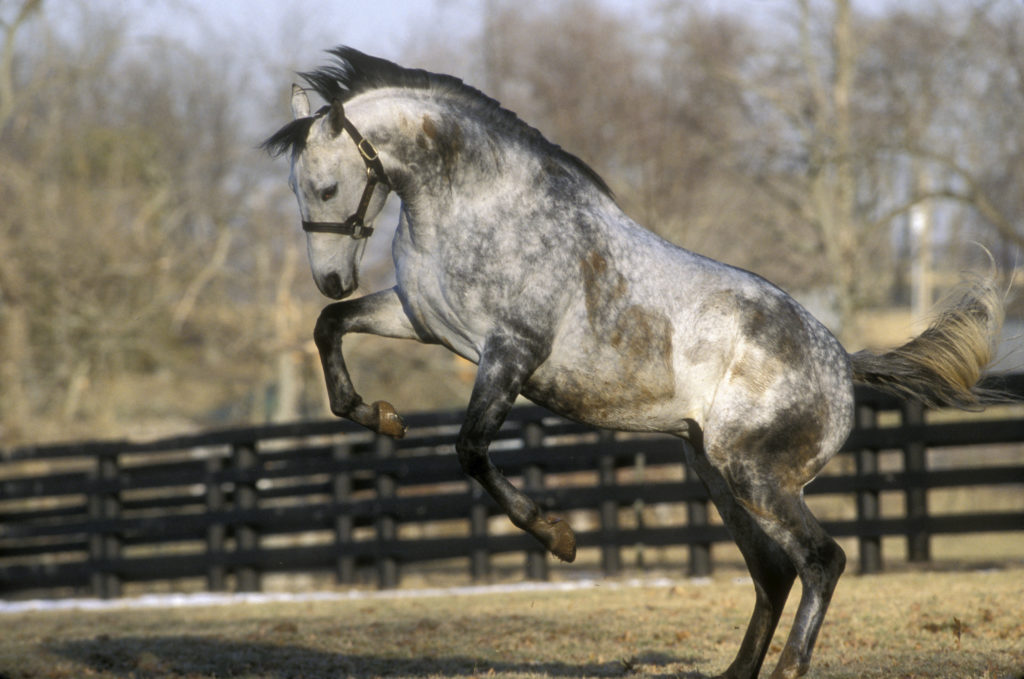Natural Horsemanship: Philosophy and Techniques

Natural horsemanship is a method of horse training that emphasizes communication, respect, and understanding between horse and human. Rooted in the natural behaviors and instincts of horses, this philosophy seeks to build a partnership based on trust rather than dominance or force.
Philosophy of Natural Horsemanship

At its core, natural horsemanship is about working with the horse’s natural instincts and psychology. It recognizes horses as prey animals with a strong flight response and social creatures that communicate through body language. The philosophy encourages trainers to observe and interpret these signals to foster a cooperative relationship.
Key principles include:
- Respect and Patience: Understanding the horse’s perspective and allowing time for learning.
- Communication: Using clear, consistent cues that the horse can understand.
- Trust Building: Creating a safe environment where the horse feels secure.
- Non-violence: Avoiding harsh methods or punishment.
Techniques in Natural Horsemanship

Natural horsemanship employs various techniques designed to align with the horse’s natural behavior:
| Technique | Description | Purpose |
|---|---|---|
| Join-Up | Encouraging the horse to willingly follow the trainer through body language | Establishes trust and leadership |
| Pressure and Release | Applying gentle pressure and releasing it when the horse responds correctly | Teaches responsiveness and patience |
| Groundwork | Exercises performed on the ground to improve communication and respect | Builds foundation before riding |
| Desensitization | Gradually exposing the horse to stimuli to reduce fear | Enhances confidence and calmness |
Join-Up
Join-Up is a foundational technique where the trainer uses body language to invite the horse to follow them voluntarily. This method respects the horse’s choice, making cooperation more genuine and effective.
Pressure and Release
This technique involves applying a cue or pressure and immediately releasing it once the horse complies. It leverages the horse’s natural desire to avoid discomfort, reinforcing positive behavior without force.
Benefits of Natural Horsemanship
- Enhances the horse-human bond
- Reduces stress and fear in horses
- Promotes safer handling and riding
- Encourages lifelong learning and adaptability
Frequently Asked Questions (FAQ)
Q1: Is natural horsemanship suitable for all horse breeds?
A1: Yes, natural horsemanship principles can be applied to any breed as they focus on universal equine behavior.
Q2: How long does it take to see results?
A2: Results vary depending on the horse and trainer, but many notice improvements within weeks of consistent practice.
Q3: Can beginners practice natural horsemanship?
A3: Absolutely. Many natural horsemanship techniques are beginner-friendly and emphasize safety and understanding.
Q4: Does natural horsemanship replace traditional training?
A4: It complements traditional methods by focusing on communication and partnership rather than dominance.
Natural horsemanship offers a compassionate and effective approach to horse training that benefits both horse and handler. By embracing the horse’s natural instincts and fostering mutual respect, trainers can achieve harmonious and lasting relationships.
